3 Effective Exercises For Gluteus Medius
The gluteus medius is responsible for stabilizing the pelvis and strengthening the lumbar spine, which is the lower part of the spine.
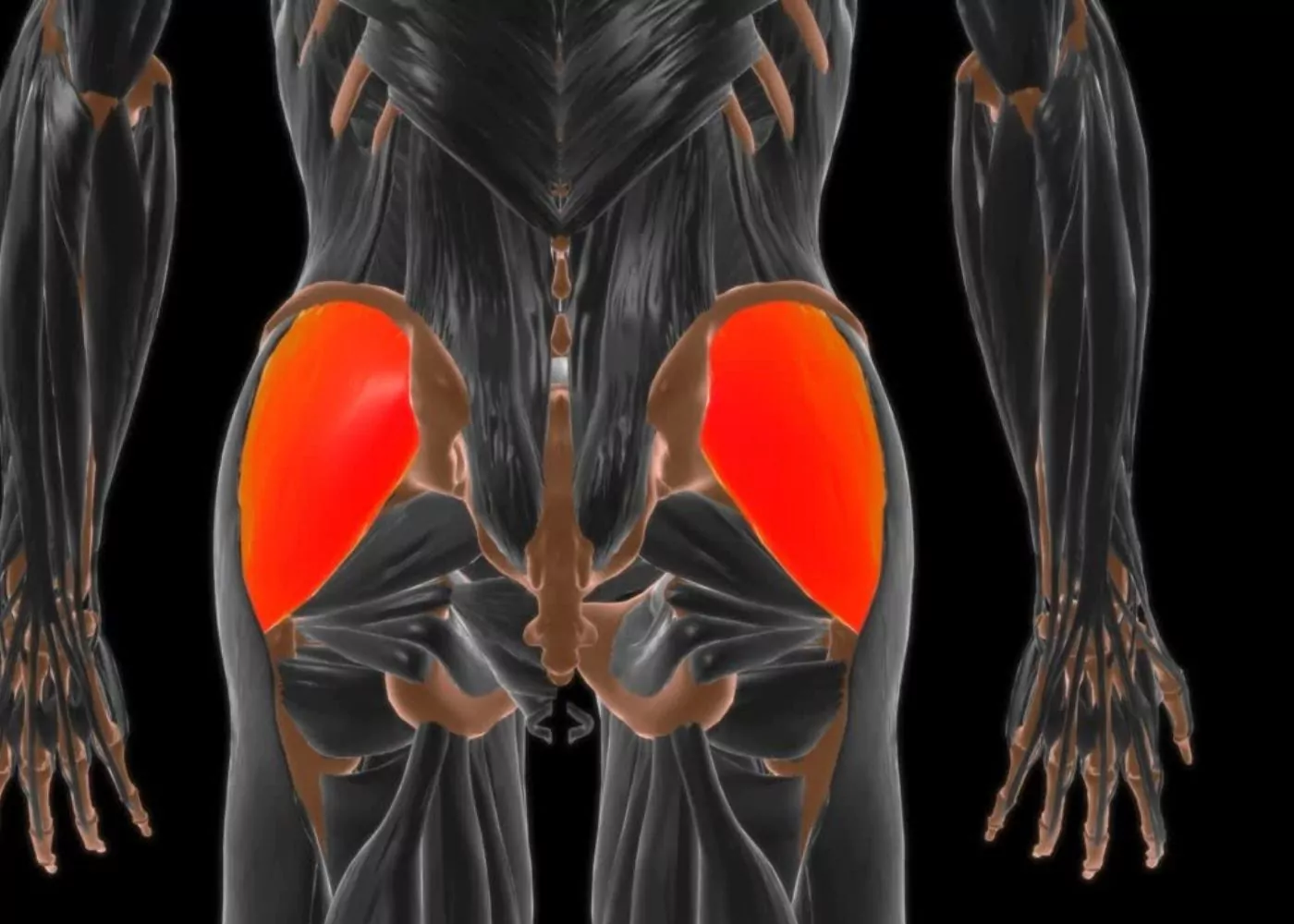
If it is weak, this can lead to knock-knees, SI joint pain, and even piriformis syndrome. If your glute is weak, there are exercises that will help you avoid these problems and get you the necessary dose of strength in the muscle.
Gluteus Medius Workouts
There are several exercises designed to target this muscle. A few of the most common are hip extensions and glute squeezes. You must be able to hold them at least for 20 to 30 seconds.
These exercises will strengthen your glutes and help you build a healthy body in general.
The single-leg lunge is also a good exercise for strengthening the gluteus medius. Start in a lunge position with your feet hip-width apart. Bend your right knee and lift your left foot onto a flat bench. This will require a little extra balance, but it will strengthen the gluteus medius and gluteus maximus.
Another way to engage the glutes is by biking. You can do this indoors or outdoors and engage the glutes as you pedal. Biking will also help strengthen the glutes and tone your thighs.
Try to do one of these exercises at least twice per week. Then, mix them with other upper body and core workouts to make sure you’re getting maximum benefit.
And you can focus on this muscle specifically by doing the following 3 aimed exercises for the best effectiveness:
Front Plank with Hip Extension
A front plank with hip extension is an effective exercise to strengthen the gluteus medius. This exercise involves performing a front plank with hip extension while maintaining proper posture.
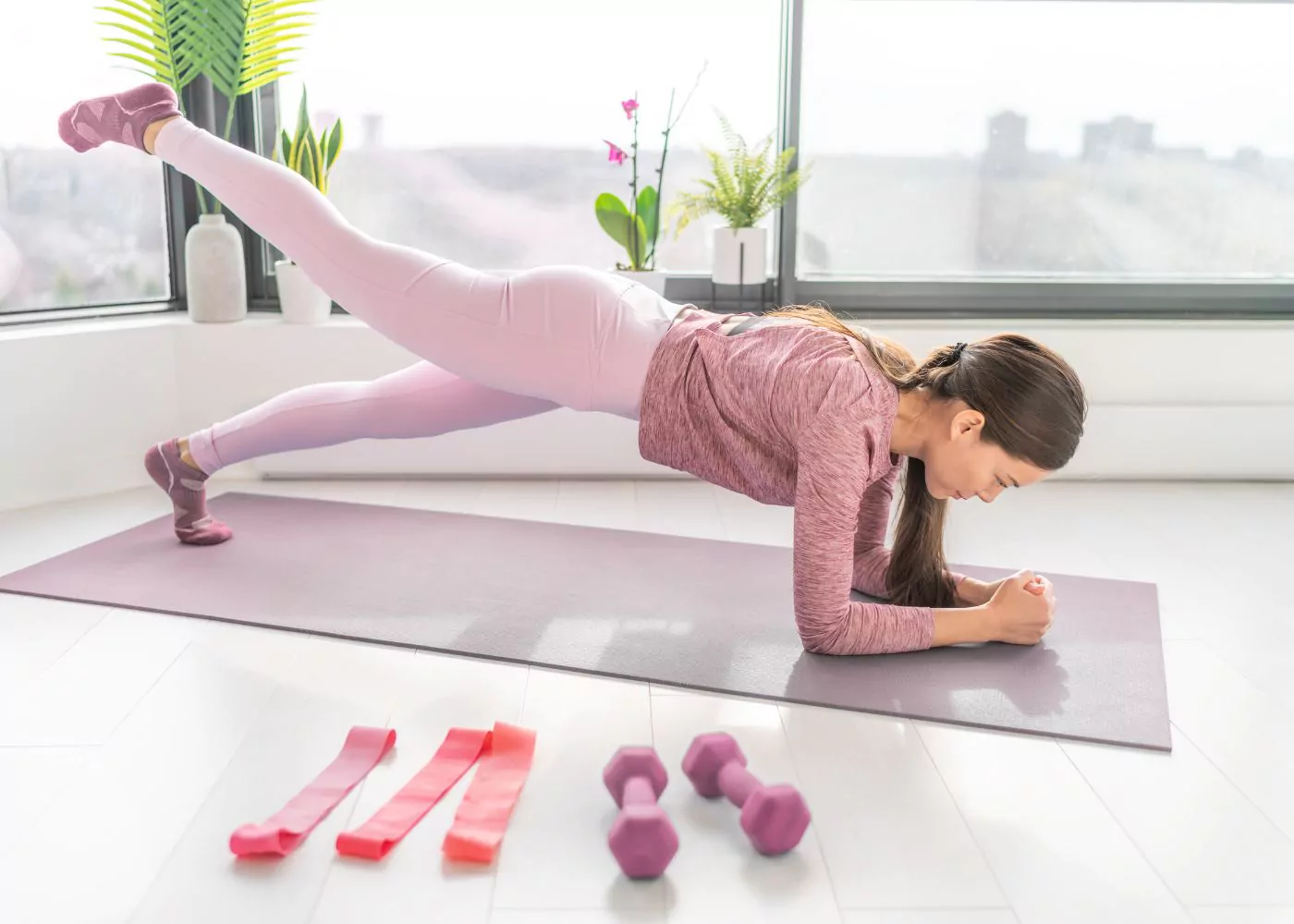
When performing this exercise, the subject must be aware of the form and use a mirror if needed. The subject should hold the position for at least a few seconds and repeat five to 10 times on each side.
To improve the exercise, one needs to tuck the tail. In order to do so, the spine must be flattened and the pelvis is tilted backwards.
This makes the plank more difficult and forces the body to work more. The final self cue to keep the tail tucked is to tell the person to “get up on their toes.”
This is a very effective exercise for gluteus maximus. In addition to strengthening the gluteus medius, it improves dynamic hip stability. It also minimizes strain on the knees. It is an excellent choice for the ones who have trouble with endurance or form.
The gluteus medius is a large muscle in the lower back that is located in the posterior hip. It extends from the ilium to the proximal femur and is a fan-shaped muscle. Fibers in this muscle pass forward, backward, and downward, and eventually converge to form a flat tendon.
Side Plank Abduction with Dominant Leg Down
The side plank with abduction involves bringing the non-dominant leg down while holding the top leg up. You must maintain neutral alignment throughout the entire repetition.
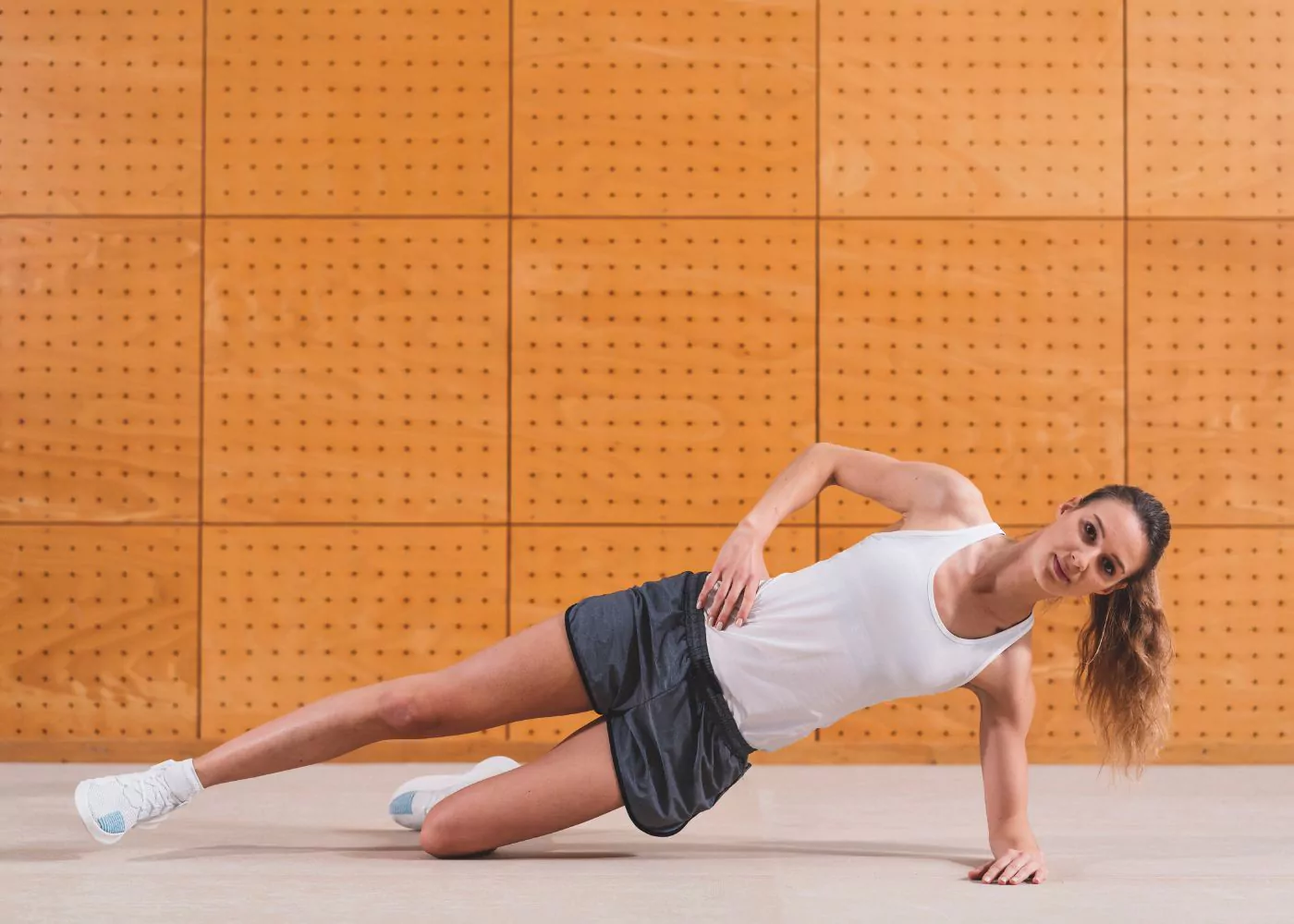
You can modify this exercise by bending the bottom leg to 45 degrees and using the top hand as a support.
The side plank abduction exercise has proven to be one of the most effective gluteus medius exercises because it is a bodyweight exercise that requires no equipment and can easily be incorporated into a home gym workout.
It also produces higher muscle activity compared to other exercises. Depending on the dominant leg position, it can achieve 89-103% MVIC8.
A study conducted by Bolga, Ayotte, and Distefano ranked gluteal exercise variations based on their ability to recruit gluteal muscle. The study included 18 exercises to target the gluteus medius and maximus.
The researchers used electromyography to measure the muscle activity during these exercises. The %MVIC (maximal voluntary muscle contraction) was determined for each group of muscles and the exercises were ranked according to this.
Side plank abduction with dominant leg down is an effective gluteus medius exercise because it requires a high level of gluteus med isometric strength. This exercise also helps provide pelvic stability. While performing side plank abduction with dominant leg down, the bottom leg has to exert isometrically to drive the foot into the ground and keep the hips high.
Modified Curtsy Lunge
The modified curtsy lunge is a classic lower body compound exercise that targets the gluteus medius and minimus. This exercise also works the inner thighs. It can be added to a leg day train split.
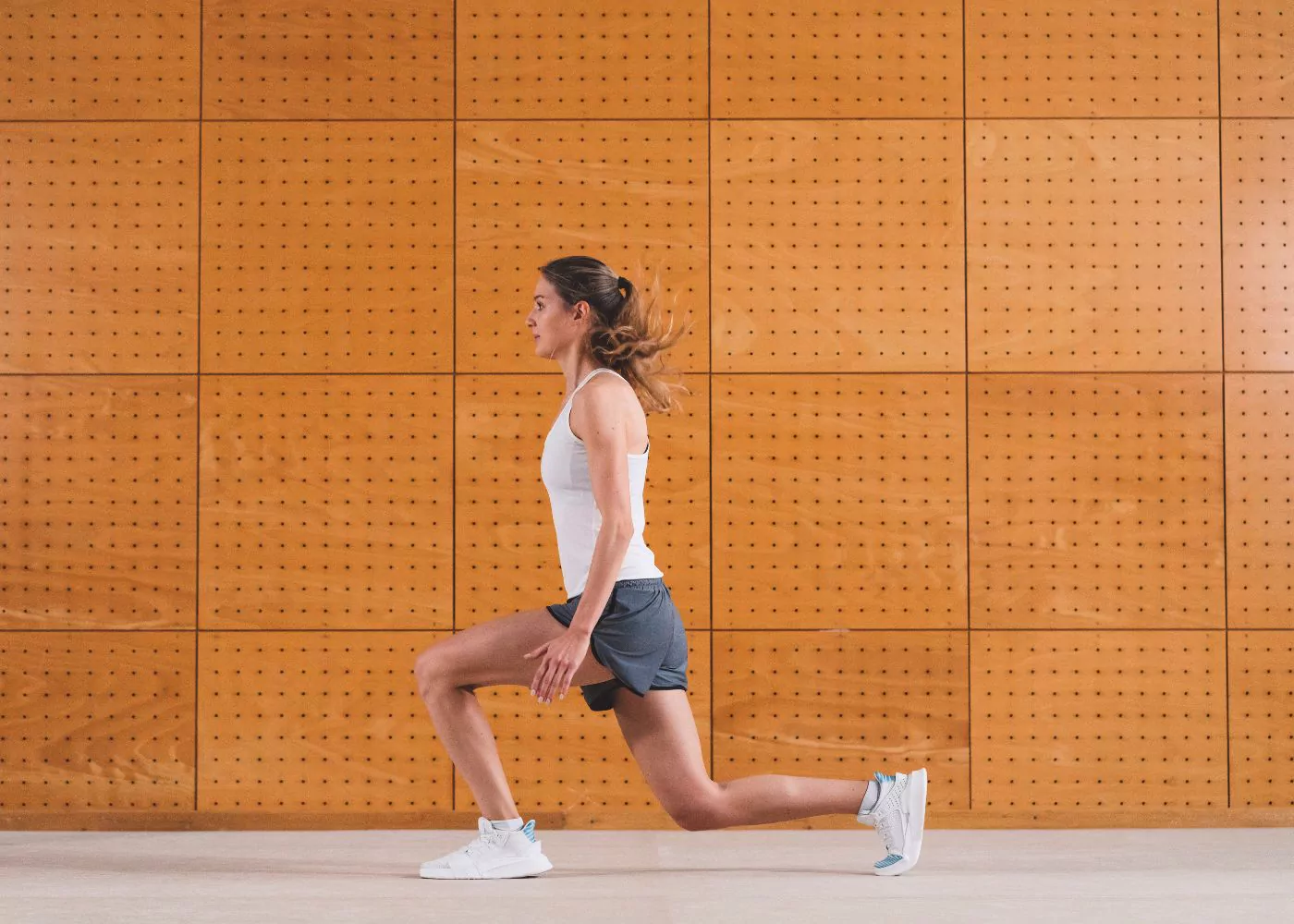
You start in a standing position, with your feet hip-width apart. Then, bend your right knee and step your right foot forward, next to the left. Eventually, you will return to the starting position.
When performing a modified curtsy lunge, you should avoid leaning too far forward, as this will put too much weight on the back foot and will put undue stress on the quadriceps. Instead, your front knee should align with your ankle. This will also help you achieve proper form and balance.
The modified curtsy lunge should be performed in three to four sets of 12-15 repetitions.
Pigeon Pose Stretch
Another effective gluteus medius exercise is the pigeon pose stretch. This stretch, which originates in Yoga, targets the gluteus medius and hip abductor muscles.
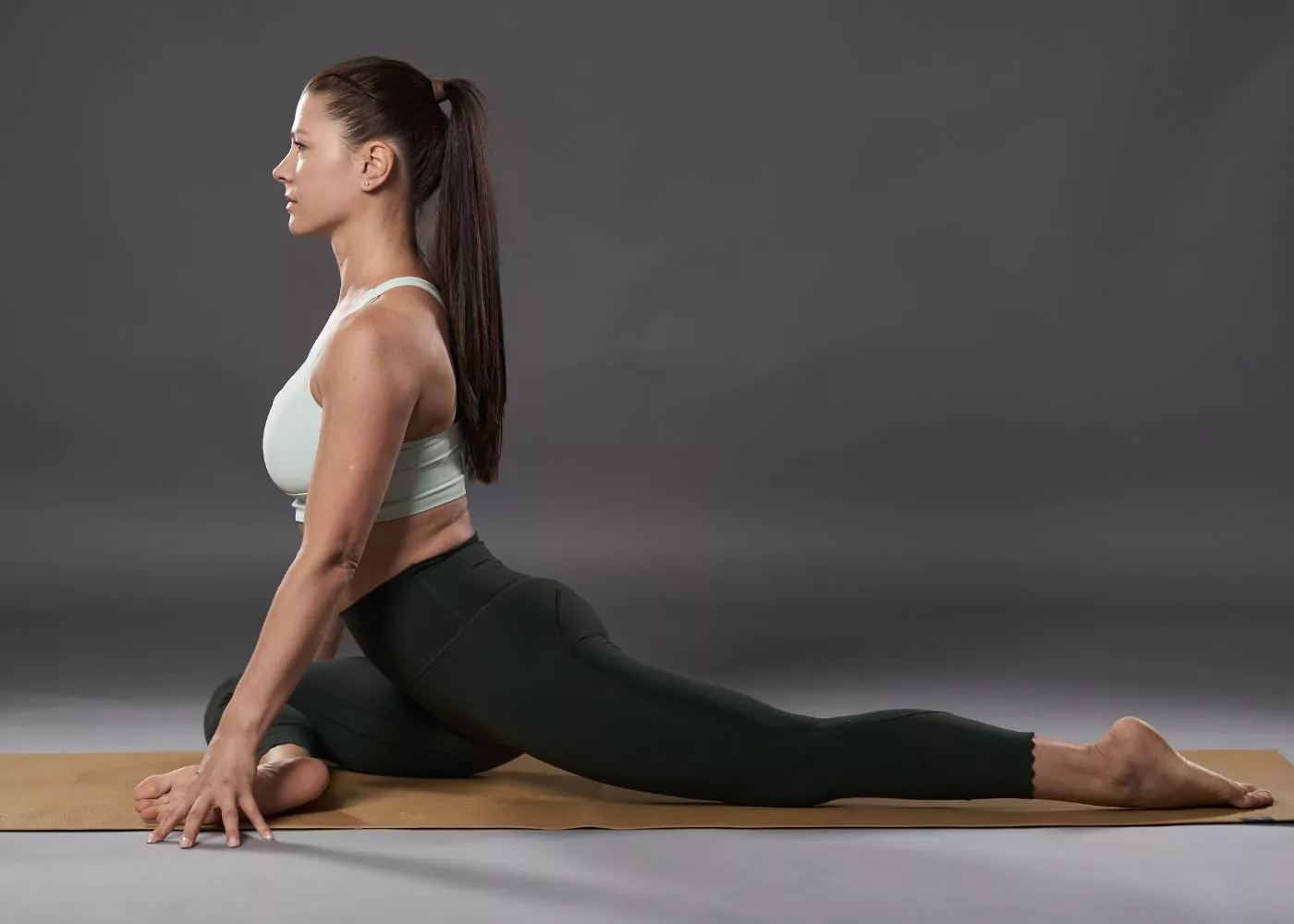
This exercise is relatively easy to do and is an excellent rehab exercise. Depending on your goals, you can perform it once or twice per day.
The Importance of Gluteus Medius
A weak Gluteus Medius is associated with a wide range of lower extremity injuries, including Trendelenburg gait, Patellofemoral pain syndrome, and anterior cruciate ligament injuries. The Gluteus Medius is also a critical factor in many types of sports injuries, including knee injuries.
Training the gluteus medius is important for enhancing strength, neuromuscular system efficiency, and mechanical tension. The best way to develop glute strength is through a variety of exercises utilizing varying degrees of resistance.
During your glute strengthening routine, you should avoid using heavy weights as they can damage the muscles or lead to poor form. Use light loads, or alternate between heavy and light exercises, if you must.
 info@skinlyaesthetics.com
info@skinlyaesthetics.com  212-774-4264
212-774-4264 
